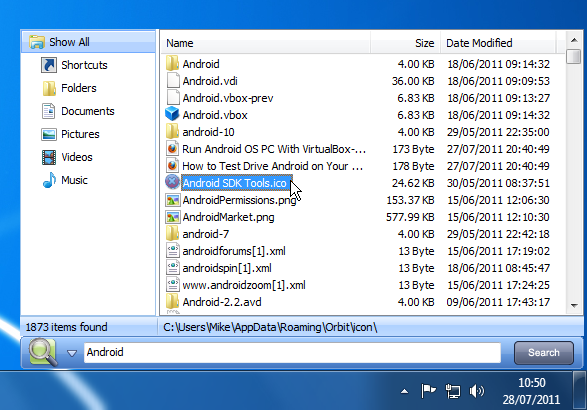

Extensibility: Both QSB and Google Desktop offer plugin APIs.The developer of Quicksilver, Nicholas Jitkoff is employed by Google and is one of the lead developers of QSB. In this respect, it is similar to another macOS software tool, Quicksilver. For example, after locating a file in QSB, it is possible to select among "open," "get info," "move to trash" and other actions. On the other hand, QSB allows actions to be defined, which can be applied to search result. Search philosophy: Google Desktop offers a search-only paradigm.QSB does not support indexing of Gmail messages (because Spotlight doesn't), and some aspects do not function if Spotlight is disabled. Because of this, QSB is less resource-intensive than Google Desktop. QSB uses macOS's built-in indexing technology, Spotlight. Search methodology: Google Desktop maintains its own index of files for searching.Google currently has an app that allows users to search the web using the iPhone. Operating system compatibility: While Google Desktop is cross-platform, QSB is at present Mac-only software.However, there are several key differences between the two products: QSB is similar to another Google product, Google Desktop. In Mac OS X Snow Leopard, QSB has replaced Google Desktop. Later it became a fully open source product, and just called Quick Search Box.

In the case of QSB, this includes plugin validation, auto-update, and Google-branded icons. However, just as with Chrome, Google distributes official builds with extra functionality.

Like other Google products such as the Chrome browser, QSB is open-source software. The first public release was named Scandium and As of August 2009 the current release is Cobalt. The releases follow the sequence of chemical elements from the periodic table. It is still in beta, and a new version is released approximately monthly. GQSB was first released as a developer preview on January 12, 2009.


 0 kommentar(er)
0 kommentar(er)
